BYD’s New Energy Vehicles: Do Silicon Carbide Modules Truly Boost Range? The silicon carbide modules employed in BYD’s new energy vehicles indeed demonstrate significant advantages in extending driving range. This core benefit stems from the deep synergy between material properties and system design.
Traditional silicon-based components suffer from limited switching frequencies, necessitating larger passive elements like inductors and capacitors while incurring significantly higher losses at high frequencies. In contrast, the high switching frequency capability of silicon carbide modules not only reduces the size of passive components but also enhances energy conversion efficiency by minimizing switching losses.
The high voltage withstand capability of silicon carbide modules enables applications on higher voltage platforms. BYD’s 800V high-voltage architecture built with SiC modules not only boosts charging efficiency but also achieves longer driving ranges with the same battery capacity.
The high thermal conductivity and high-temperature resistance of SiC modules also play a crucial role. Traditional silicon-based devices experience significant performance degradation in high-temperature environments, requiring additional cooling designs. SiC modules, however, can operate stably at higher temperatures, reducing reliance on cooling systems and indirectly improving energy utilization efficiency.
The advantages of silicon carbide modules are even more evident. During high-speed cruising, when motor power consumption is high, the low-loss characteristics of silicon carbide modules significantly extend range. In low-temperature environments, their efficient energy conversion minimizes battery energy waste, ensuring stable range performance.
Do BYD’s new energy vehicles with silicon carbide modules truly deliver remarkable range improvements? These combined characteristics enable BYD’s new energy vehicles equipped with silicon carbide modules to achieve more reliable range performance under equivalent conditions, allowing users to complete long-distance journeys without frequent charging.

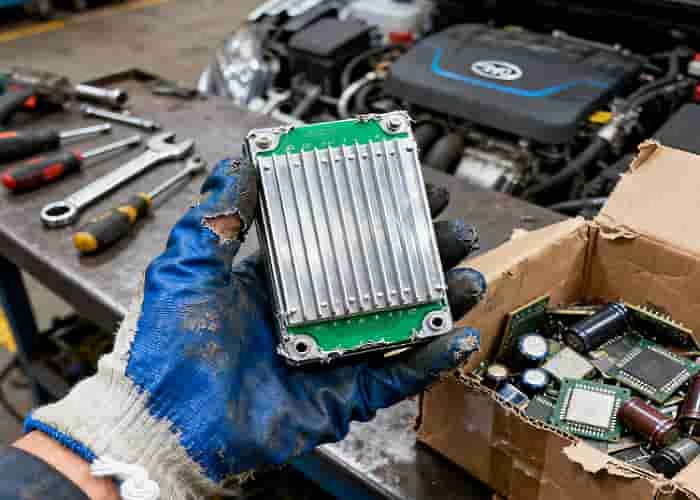

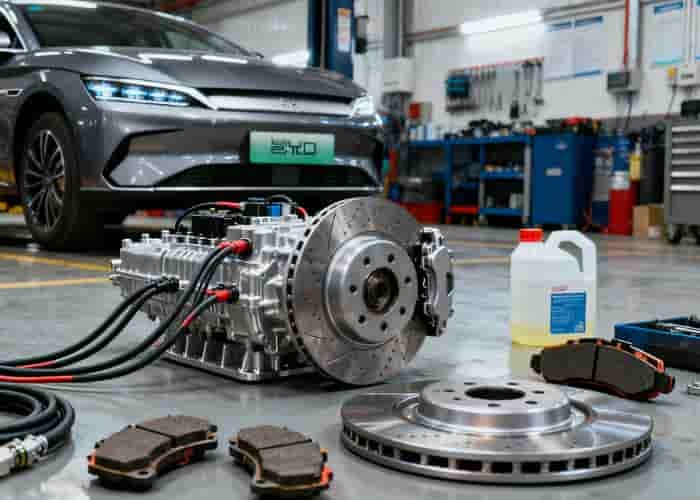



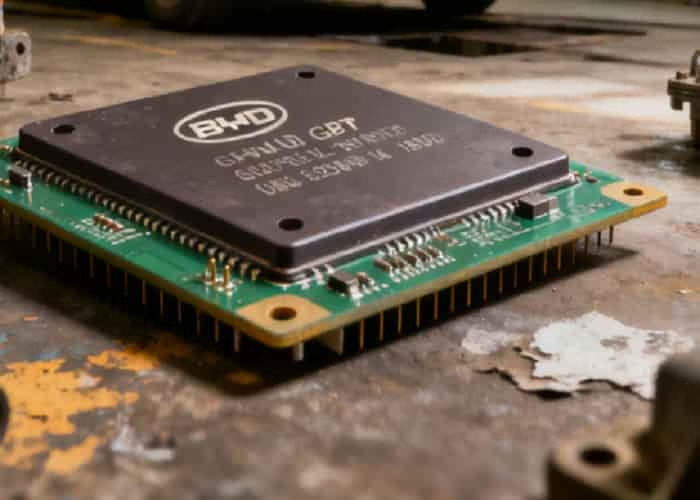

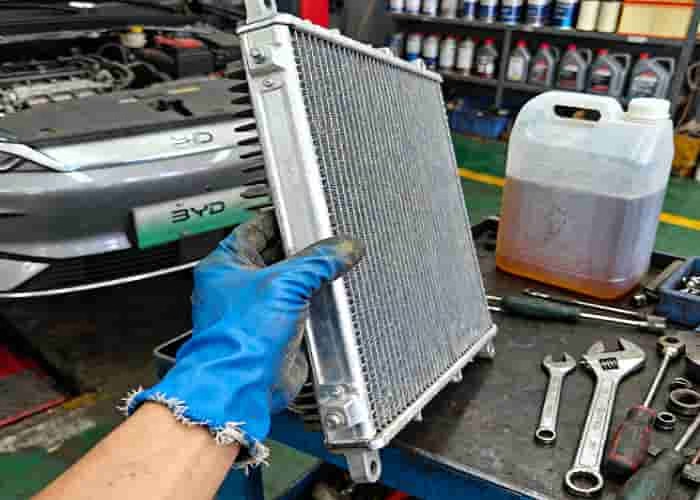





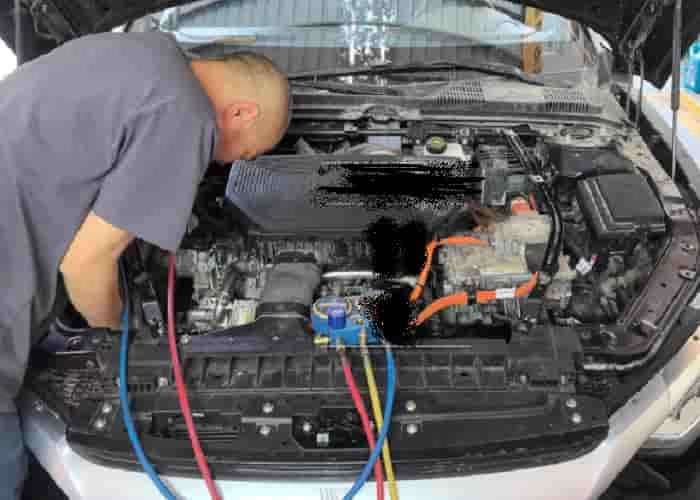
Leave a Reply